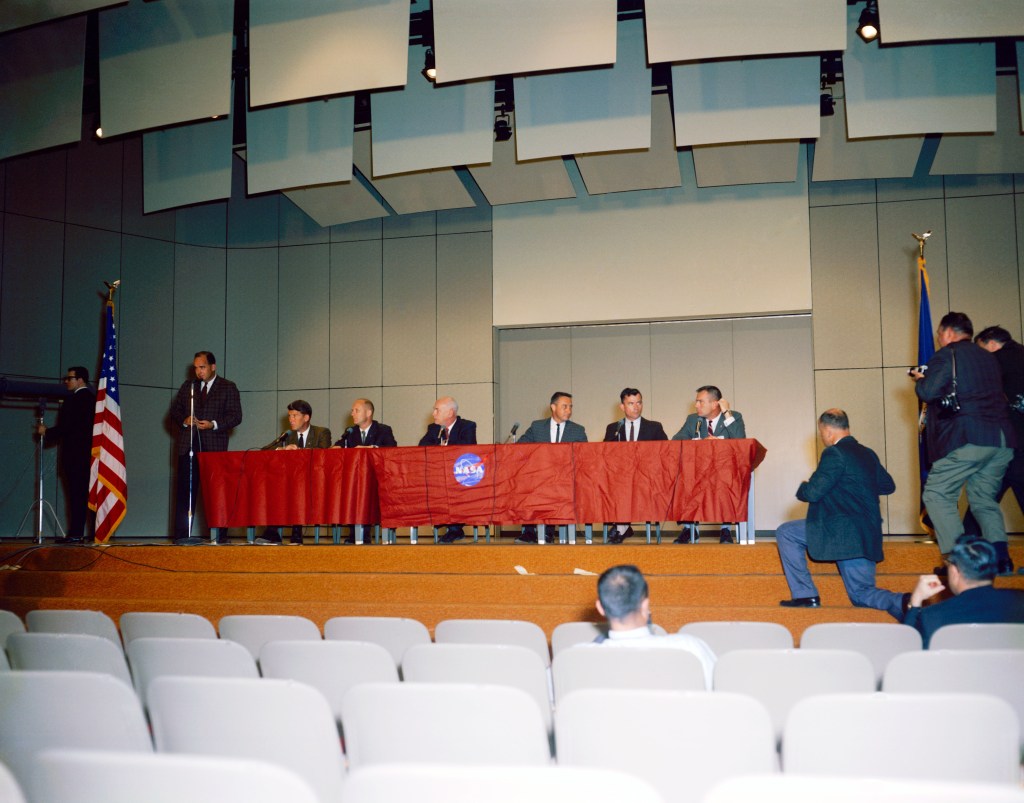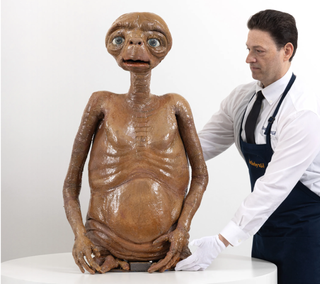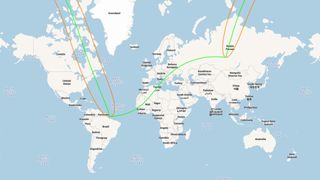On March 23, 1965, the United States launched the Gemini III spacecraft with astronauts Virgil “Gus” Grissom and John Young aboard, America’s first two-person spaceflight. Grissom earned the honor as the first person to enter space twice and Young as the first member of the second group of astronauts to fly in space. During their three-orbit flight they carried out the first orbital maneuvers of a crewed spacecraft, a critical step toward demonstrating rendezvous and docking. Grissom and Young brought Gemini 3 to a safe splashdown in the Atlantic Ocean.…
Read MoreDay: March 23, 2025
Ouch! Carlo Rambaldi’s original screen-used ‘E.T.’ model might reach $1 million at Sotheby’s auction
Why is it so wet-looking? He looks like a professional wrestler covered in baby oil. We can’t answer that question, but if you’re willing to stump up a million dollars, you can own this incredibly glossy piece of sci-fi history. It might be slightly scary, but this rare remnant of Hollywood’s illustrious past was actually used in the filming of director Steven Spielberg’s sci-fi fantasy, “E.T. the Extra-Terrestrial,” and could fetch nearly one million dollars when Sotheby’s auction bidding finally closes on the historic lot next month. An authentic shooting…
Read MorePreserving astronomy history: The fight is on to save an iconic Royal Observatory Greenwich site
Near the small town of Herstmonceux in the English county of East Sussex sits the former home of the Royal Greenwich Observatory. The Royal Observatory Greenwich was first built in Greenwich, London, in 1675. At this original location, the observatory was set up with the goal of producing star charts and accurate time-keeping devices, to allow the British military and commercial fleets to more effectively navigate during their global travels. Over two centuries later, in 1884, the Royal Observatory Greenwich’s extensive star charts made the site a prime choice for…
Read MoreWhat will the partial solar eclipse of March 2025 look like from space?
A partial solar eclipse will come to Earth on Saturday, March 29, 2025, as the moon passes in front of the sun. From Earth, photographers will capture images of a bite being taken out of the sun. From space, a fleet of satellites will image a shadow being cast across Earth. The moon projects two kinds of shadows at all times. There’s a large fuzzy outer shadow, called the penumbra, and a much smaller, darker central shadow, the umbra. The latter causes a total solar eclipse, which is seen across…
Read More

